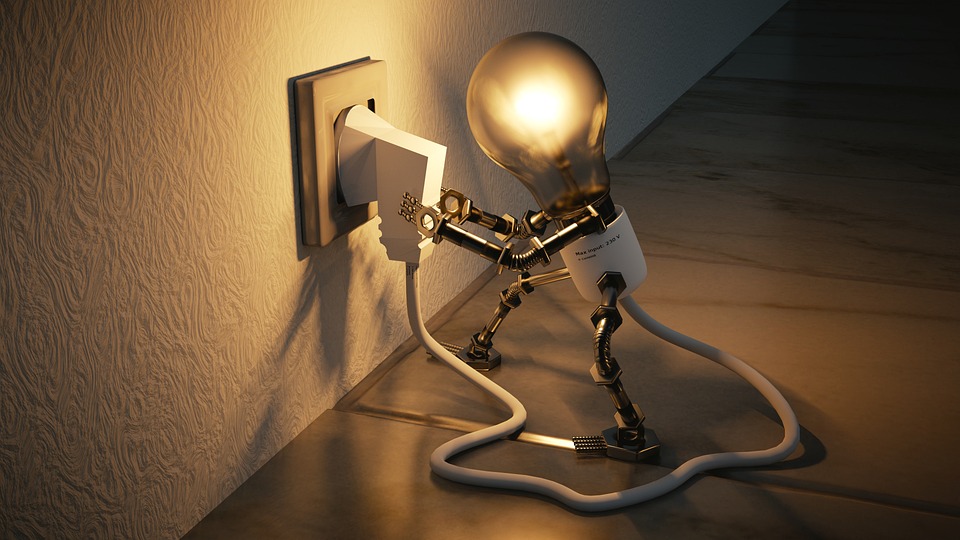1. Energy-Efficient Windows
Old, inefficient windows can lead to significant energy loss in your home. Upgrading to energy-efficient windows can help reduce heat transfer and lower your energy bills. Look for windows with double or triple panes, low-emissivity (low-E) coatings, and insulated frames to maximize energy efficiency.
2. LED Lighting
Switching to LED light bulbs is a simple and effective way to save energy in your home. LED bulbs use significantly less energy than traditional incandescent bulbs and can last up to 25 times longer. By replacing your old bulbs with LED ones, you can lower your energy consumption and reduce your carbon footprint.
3. Programmable Thermostats
Installing a programmable thermostat allows you to set specific temperature settings for different times of the day, reducing energy usage when you’re not at home or asleep. This can lead to substantial energy savings over time. Look for a thermostat that is easy to program and compatible with your heating and cooling system.
4. Energy-Efficient Appliances
Upgrading to energy-efficient appliances, such as refrigerators, washing machines, and dishwashers, can significantly reduce your home’s energy consumption. Look for appliances with the ENERGY STAR label, which indicates that they meet strict energy efficiency guidelines set by the U.S. Environmental Protection Agency.
5. Insulation Upgrades
Proper insulation is essential for maintaining a comfortable and energy-efficient home. Adding insulation to your attic, walls, and floors can help prevent heat loss in the winter and heat gain in the summer. Consider hiring a professional to assess your home’s insulation needs and recommend the most cost-effective upgrades.
6. Solar Panels
Investing in solar panels can help you generate clean, renewable energy for your home. While the initial installation costs may be high, solar panels can provide long-term energy savings and reduce your reliance on grid electricity. Be sure to consult with a solar energy provider to determine the best options for your home.
7. Weather Stripping and Caulking
Sealing air leaks in your home can prevent drafts and reduce energy waste. Weather stripping around doors and windows, as well as caulking around gaps and cracks, can help improve your home’s energy efficiency. Regularly inspecting and maintaining these seals can lead to significant energy savings over time.
8. Energy-Efficient HVAC Systems
Upgrading to a modern, energy-efficient heating, ventilation, and air conditioning (HVAC) system can help reduce your home’s energy consumption and improve indoor comfort. Look for units with high energy efficiency ratings and consider investing in regular maintenance to ensure optimal performance.
9. Low-Flow Plumbing Fixtures
Installing low-flow toilets, showerheads, and faucets can help conserve water and reduce your utility bills. These fixtures use less water without sacrificing performance, making them a cost-effective way to improve your home’s energy efficiency and environmental impact.
10. Smart Home Technology
Integrating smart home technology, such as energy-monitoring systems, smart thermostats, and automated lighting controls, can help you manage and reduce your energy usage. By utilizing advanced features and real-time data, you can make informed decisions to optimize your home’s energy efficiency and reduce your overall environmental footprint.



